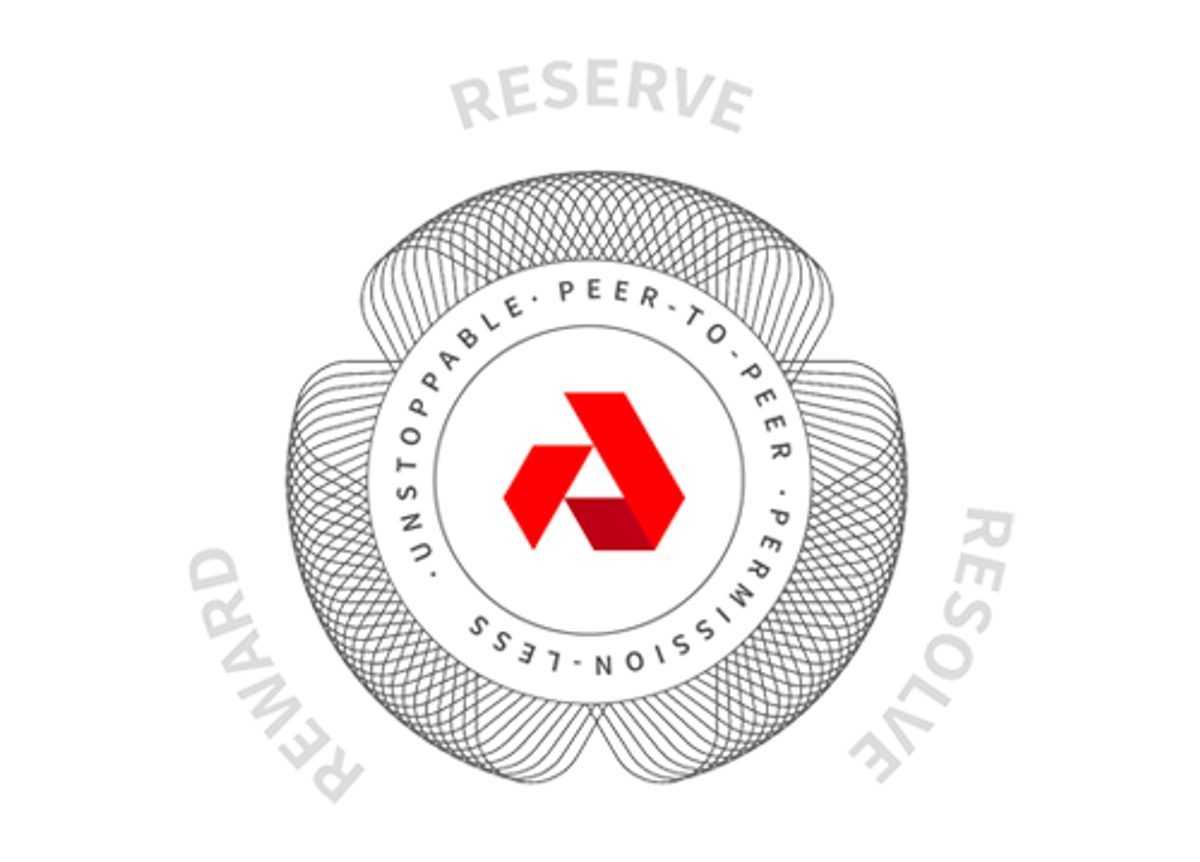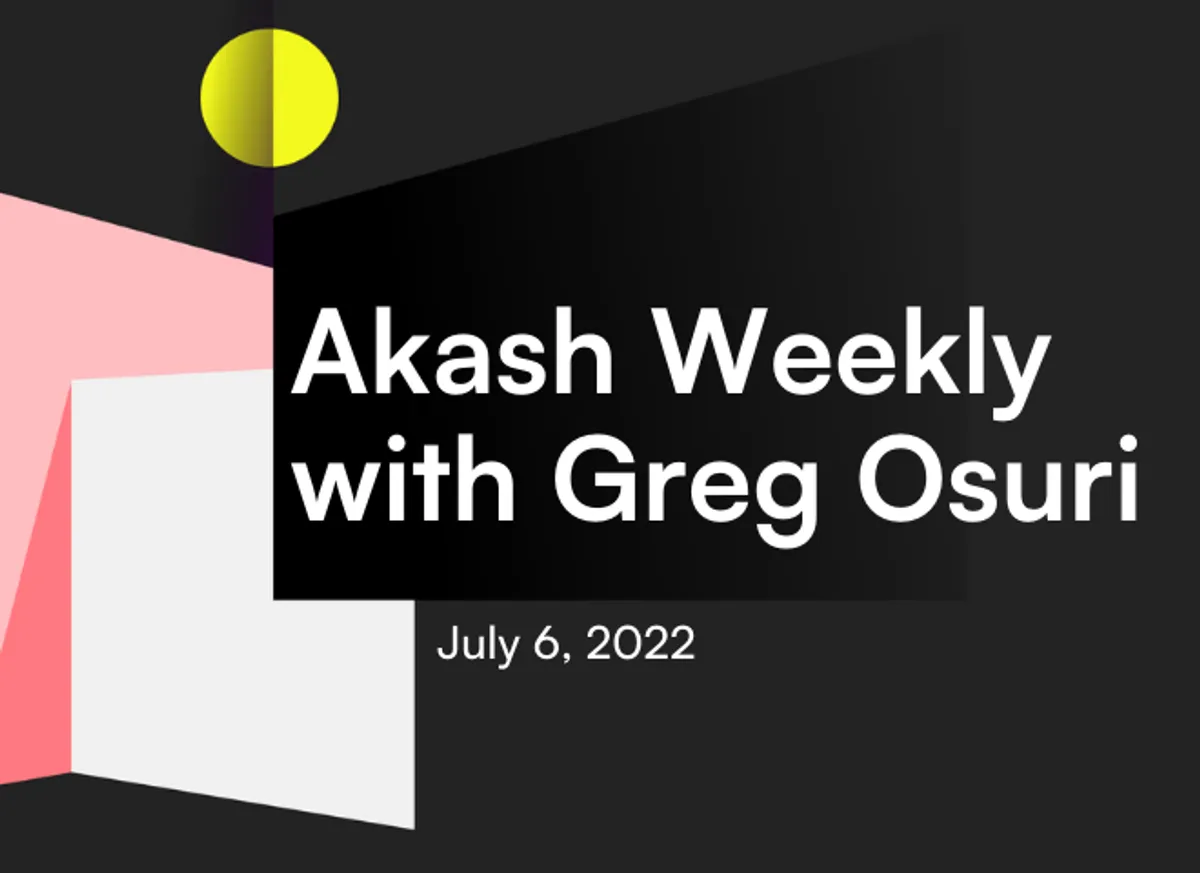
With 8.4 million data centers, an estimated 85% of server capacity underutilized, and accelerated global demand for cloud computing, Akash aims to create efficiencies in the cloud hosting market through algorithms for allocating compute resources that go to waste in the current market.
The leading three providers — Amazon Web Services (AWS), Google Cloud, and Microsoft Azure — dominate the cloud computing market with 56% market share and this figure is expected to increase. These providers are complicated, inflexible, and restrictive, and come at a high recurring cost with lock-in agreements. Outside of the large incumbent providers, organizations do not have many options for cloud computing.
Akash is the world’s first and only supercloud for serverless computing, enabling anyone with a computer to become a cloud provider by offering their unused compute cycles in a safe and frictionless marketplace.
At Akash, we believe that for a system to reach (or exceed) the scale of the internet, the system has to improve upon the foundational principles of the internet while solving the apparent inefficiencies inadvertently introduced. So we designed Akash to be an open ecosystem that is censorship-resistant and self-sovereign:
-
Censorship resistant: Your information is safe and can’t be tampered with (permissionless).
-
Self-sovereign: You own and control your assets, identity, and data. Akash is built on a globally consistent state machine (blockchain), publicly maintained and governed by its stakeholders.
-
Open ecosystem: Everyone gets value from new contributions. The state being a shared resource, its maintainers (validators that provide economic security) earn income from transaction fees. Providers’ costs are subsidized (for under-utilization) using block rewards, and users get to compute at an exponentially greater capacity at the same cost they were paying before.
We’re excited to release the economic model for Akash. In this paper, we present an economic system that uses a native currency to solve for volatility (one of the biggest challenges for adoption in crypto) while ensuring economic security of our public blockchain. We also present various strategies to mitigate inherent adoption challenges that face an early market economy — lack of sufficient demand from the tenants (consumers of computing), which in turn hurts demand because of lack of supply. This is a model that can be applied to any marketplace to bootstrap early supply by subsidizing using inflation (i.e., borrowing from the future).
Akash Token (AKT): Resolve, Reward, and Reserve
The Akash Token (AKT) performs three main functions: Resolve, Reward, and Reserve.
Resolve
Akash relies on a blockchain where a set of validators vote on proposals. Each proposal is weighed by the proposer’s voting power, which is the total tokens they staked and the tokens bonded to them (stakers can delegate voting power to validators).
Reward
Providers on Akash stake tokens to subsidize operating and capital expenditures. Stakers are rewarded proportional to the number of tokens staked, the length of lockup time, and the overall tokens staked in the system. Lock up times can vary anywhere from one month to one year. Flexibility in lockup encourages stakers that stake for shorter periods (bear markets), in a self-adjusting inflationary system that is designed to optimize for lower price pressure during bear markets.
Reserve
Fees on Akash can be settled using a multitude of currencies, however, the market order book uses Akash Token (AKT) as the reserve currency of the ecosystem. AKT provides a novel settlement option to lock in an exchange rate between AKT and the settlement currency. This way, providers and tenants are protected from the price volatility of AKT expected to result from its low liquidity. This paper also presents a method “Transaction Ordering using Consensus Weighted Median” to establish exchange rates without the need for an oracle.
.: Download The Akash Network Token Economic Model to Learn More :.


